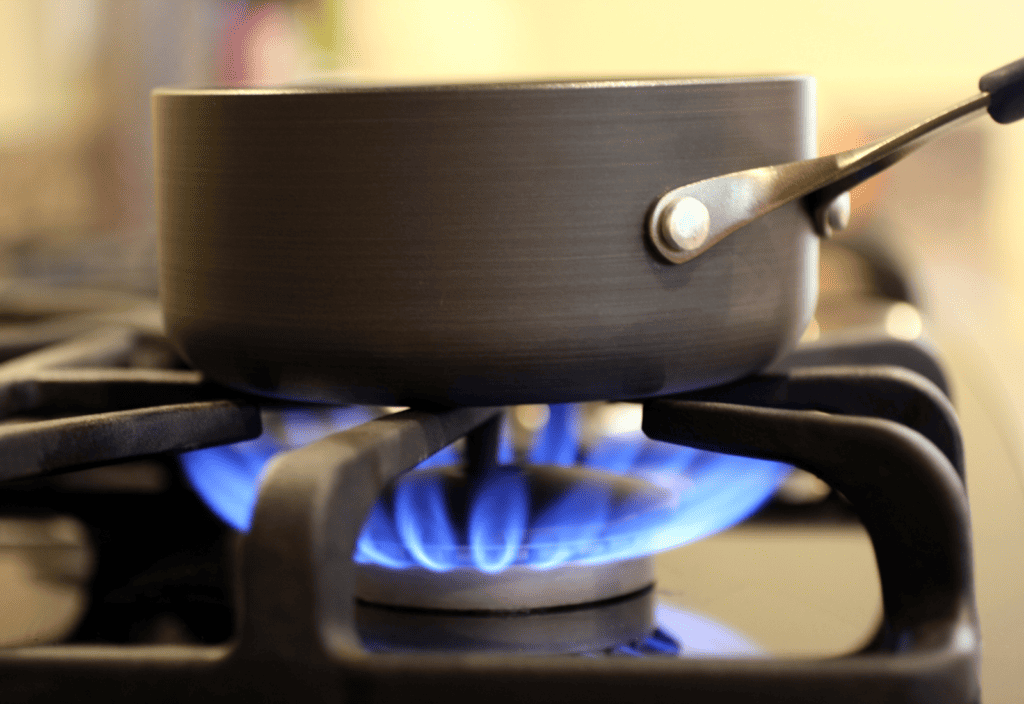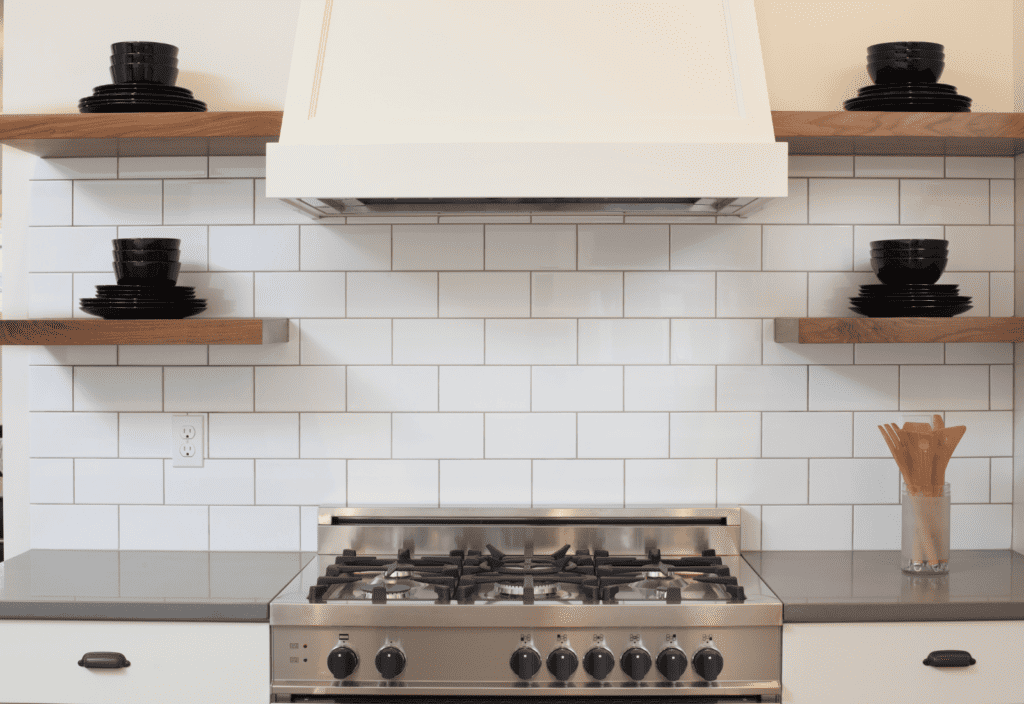This question has become increasingly popular over the past few months! Gas stoves have been around for many, many years, but recent media coverage has brought the dangers of gas stoves into the limelight. Let’s take a look at the details.

About 35-40% of Americans use gas stoves to cook. Many prefer cooking on gas stoves, because they are more responsive when turning the temperature up and down. This can allow for more precise cooking.
Electric stoves tend to heat up quickly, but they don’t adjust as quickly during the cooking process. Others prefer cooking with gas, because it is cheaper than cooking with electricity. Gas stoves do cost a little more upfront but will save you money in the long run.
Environmentalists, of course, do not like cooking with gas as it uses fossil fuels and generates pollution.
Are Gas Stoves Dangerous?
The recent controversy is due to an academic article suggesting that gas stoves are responsible for 12.7 of childhood asthma. The paper used existing data to arrive at this estimate.
Along with many Americans, this is new information to me. I have never personally owned a gas stove or considered buying one, so I have not had a pressing reason to research the health effects.
So, why do gas stoves contribute to asthma? Gas stoves emit nitrogen dioxide (NO2), carbon monoxide (CO) and formaldehyde, which can be harmful to the respiratory system. During 2019 alone, almost two million cases worldwide of new childhood asthma were estimated to be due to nitrogen dioxide pollution.
When gas appliances are in use, they give off high concentrations of nitrogen dioxide. A recent Stanford study estimated the nitrogen dioxide emission from certain gas stoves rose above the standard set for outdoors by the Environmental Protection Agency (EPA) within only a few minutes. Currently.
The EPA does not currently have a safe indoor standard. To top it off, gas stoves emit methane even while not in use, but the level is lower than when cooking.

There’s more! A study from Harvard Public Health showed that gas appliances pollute indoor air with additional toxins including benzene, hexane, toluene and other VOCs. These VOCs also raise risks for asthma, cancer, and other illnesses.
To sum it up, gas stoves damage our indoor air quality in more ways than one. Using a gas stove raises a child’s risk of asthma and raises child and adult risk of various respiratory conditions. Since, gas stoves also pollute indoor air with known carcinogens, there is a potential increase in cancer risk.
Let’s not overlook the environmental impact of a gas stoves. If you don’t have kids, and you’re content with the personal risk, you may not be too worried. We should keep in mind that nitrogen oxides pose a risk to our indoor and outdoor air quality.
Nitrogen dioxide is the third most potent greenhouse gas, which means it contributes to ozone depletion.
Will Gas Stoves Be Banned?
There have been news stories, rumors and tweets, but, overall, it doesn’t amount to much. Here’s an official statement the Consumer Product Safety Commission (CPSC) made to Reuters on January, 10 2023 regarding a potential ban:
“CPSC has not proposed any regulatory action on gas stoves at this time. Any regulatory action by the commission would involve a lengthy process. Agency staff plans to start gathering data and perspectives from the public on potential hazards associated with gas stoves, and proposed solutions to those hazards later this year. Commission staff also continues to work with voluntary standards organizations to examine gas stove emissions and address potential hazards,”
In a separate tweet, CPSC commissioner wrote Richard Trumka, Jr. wrote, “To be clear, CPSC is not coming for anyone’s gas stove. Regulations apply to new products.”
So, it sounds like there are no plans to force Americans to turn over their existing gas stoves. I suspect manufactures will make an effort to lower emissions on gas stoves as they do with cars.
Individual states are already taking action into their own hands and banning gas stoves going forward. Currently, a few cities in California and New York have bans on gas appliances.
How to Reduce Risks of a Gas Stove?
Ventilate your kitchen when cooking. A ducted hood that sends air outside is the best way to do this. Ductless hoods simply recirculate the air, which is not very effective against contaminants.

If you don’t have a ducted hood, the next best thing is to open a nearby window. Obviously, this is tricky when it’s extremely hot or cold outside but simply cracking it while cooking can help clear out toxins.
Another tool is an air purifier. Air purifiers will remove at least some of the toxins and can improve your indoor air quality. Be sure to choose an air purifier that is powerful enough for the size of your kitchen. They are portable so simply place it in the kitchen when cooking.
Consider switching to an electric stove as soon as you can especially if you have children. If you can’t switch right away, you can reduce indoor air pollution by using the range less. Utilize an Instant Pot, toaster oven or whatever you have at your disposal.
Conclusion
Are gas stoves dangerous (short answer)? Yes. Gas stove use lowers our indoor air quality in a similar way to second-hand smoke. Many of us would never dream of exposing our families to second-hand smoke but regularly cook on a gas stove.
I think it’s important to bring awareness to this issue especially to families with children or anyone with a respiratory condition. Like many, I did not realize the extent of the danger posed by gas stoves, but I am glad that I now do.
If you are interested in decreasing toxins in your home and build a ground up type health for you and your family, I encourage you to read my related post: How to Reduce Toxins in Your Home.